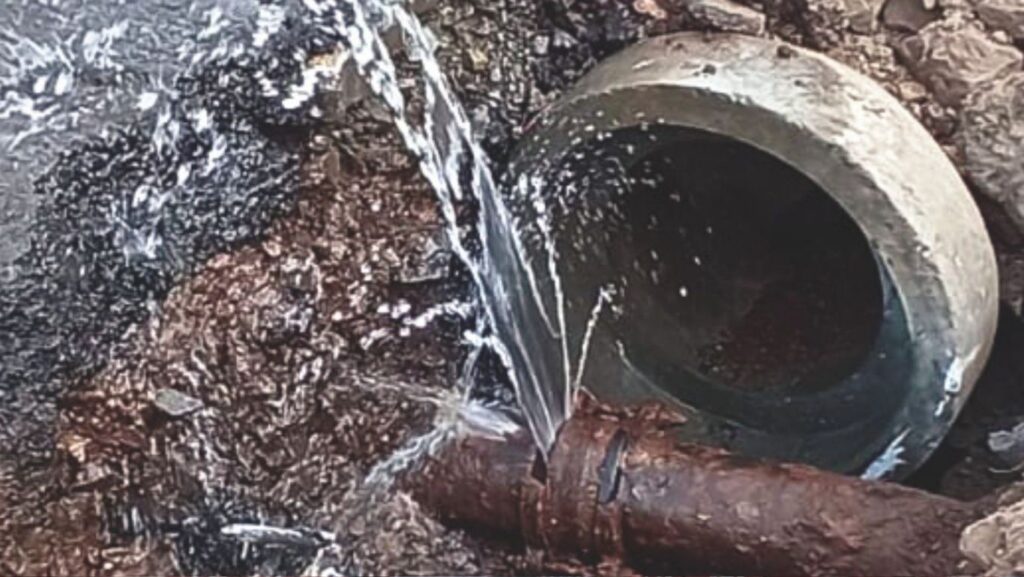Pune’s ambitious plan to ensure fair water distribution is struggling due to persistent leaks and public pushback against water meters. The city’s efforts to balance supply and demand are further complicated by disputes over excess water usage.
Pune | 31 July, 2025: Pune is grappling with a water crisis that threatens its goal of providing equal water access to all residents, from bustling city neighborhoods to sprawling suburbs. The Pune Municipal Corporation (PMC) is battling significant challenges, with water leakage and resistance to water meters stalling progress on its Equal Water Supply Project. These issues not only disrupt equitable distribution but also hinder the city’s ability to secure enough water to meet growing demand.
The city is permitted to draw 14 thousand million cubic feet (TMC) of water annually, yet it extracts 22 TMC to keep up with needs, creating tension with the Water Resources Department. This overuse has sparked disputes and financial penalties, with no clear resolution in sight. PMC’s efforts to address the crisis include replacing aging pipelines, installing air valves, and using water meters to monitor usage. These measures have shown some success, saving an estimated 80 million liters of water daily over the past two months. For instance, the Warje water purification plant has conserved 45 million liters per day, while a shift to closed pipelines in Fursungi has reduced evaporation losses significantly.
However, leakage remains a persistent problem, with 40% of the city’s water lost to faulty pipelines. Despite years of investment in the Equal Water Supply Scheme, progress is slow. The initiative includes installing meters at dams, purification plants, and households to track water flow and identify leaks. Yet, public resistance to mandatory meter installations has made it harder to pinpoint and fix these issues, leaving PMC caught between technical challenges and community concerns.
To tackle leaks, PMC is employing innovative ultrasound technology in areas like Baner and Balewadi to map underground utilities, including water lines, drainage systems, and cables. This approach aims to prevent disruptions during infrastructure projects by providing a clear picture of what lies beneath the surface. Historically, the lack of accurate maps has led to costly delays and redundant work, as workers often discover pipes or cables only after digging begins.
Non-Revenue Water (NRW), which includes losses from leaks, theft, and faulty meters, is another hurdle. In older parts of Pune, NRW exceeds 35%, though 11 of the city’s 141 water supply zones have reduced it to 29%. The Equal Water Supply Project has made strides, with 67 of 79 water tanks completed, 95.94 km of main pressure pipelines laid, and 1,090.78 km of distribution pipelines installed. Still, significant work remains, including 49,136 water meters yet to be installed and 100 supply zones awaiting leak detection and repairs.
Pune’s water crisis reflects the delicate balance between infrastructure upgrades, community cooperation, and resource management. As the city strives for equitable water distribution, overcoming leaks and resistance to meters will be key to turning its ambitious vision into reality.
Follow us On Our Social media Handles :
Instagram – https://www.instagram.com/newsdotz/
Youtube – https://www.youtube.com/@NewsDotz
Facebook – https://www.facebook.com/profile.php?id=61573903448264
Twitter – https://x.com/NewsDotz
Also Read- Pune
